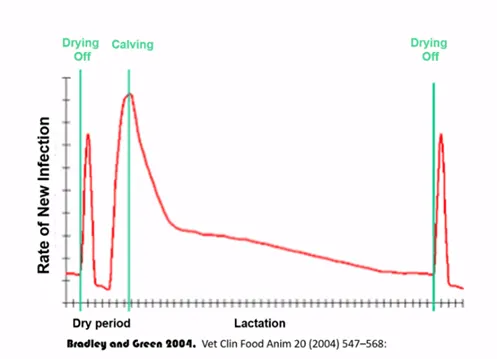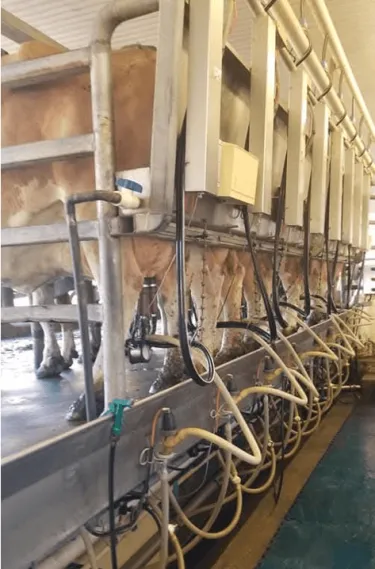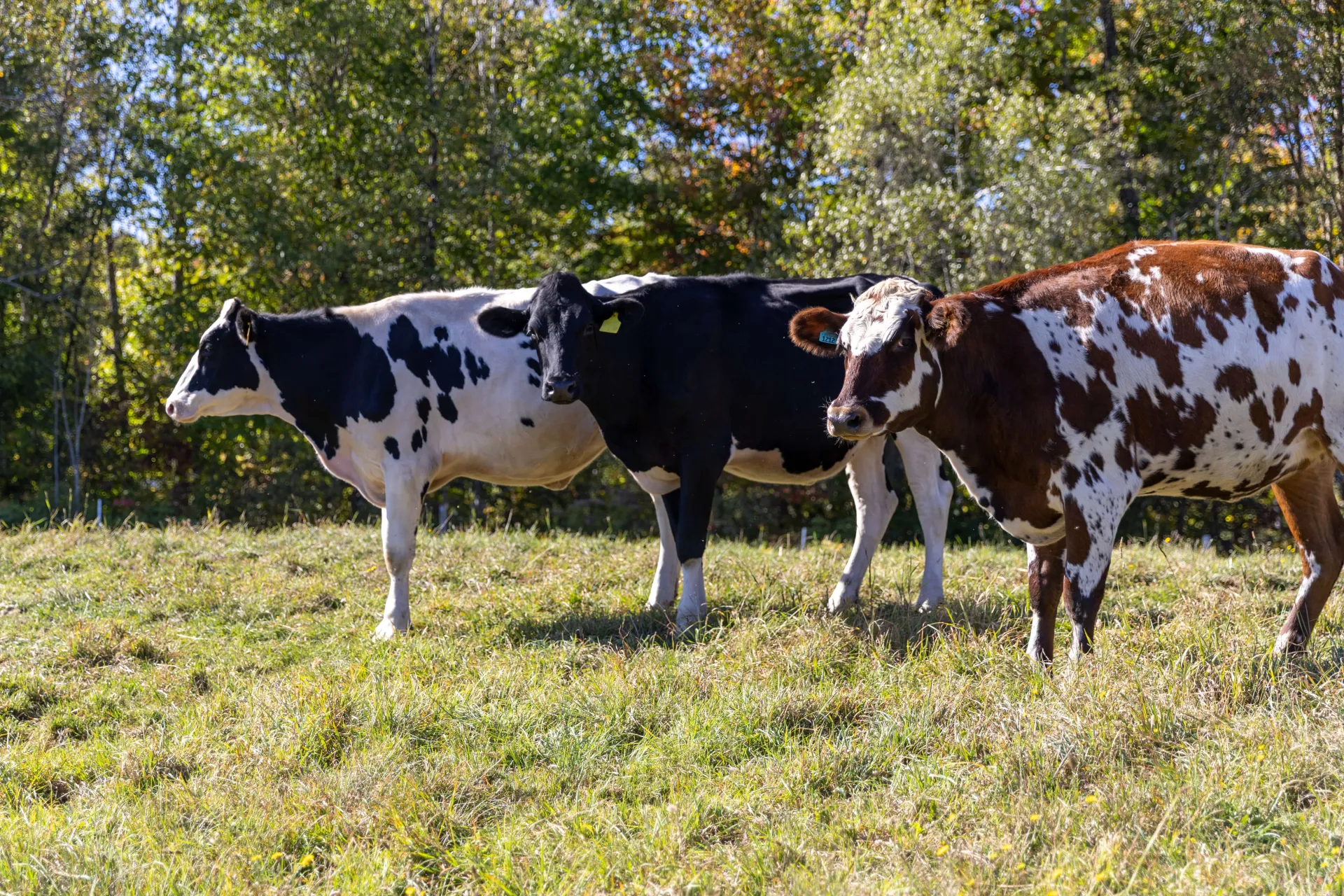The mission of the Tri-State Extension Dairy Team is to unite Maine, New Hampshire, and Vermont in advancing dairy management through collaborative educational programs, addressing shared industry challenges, and fostering innovation across northern New England. Since January 2025, the team has been hosting live monthly webinars on the last Wednesday of each month from 11:30 AM to 12:30 PM. Sessions have focused on current dairy research and program updates, including interviews, presentations, and roundtable discussions. All recorded sessions are available to watch on the UVM Extension Northwest Crops & Soils YouTube Channel.
Milk Quality Management
In September, the Tri-State Extension Dairy Team hosted a webinar focusing on Milk Quality Management in the Northeast. The session featured Dr. Paul Virkler from Cornell Quality Milk Production Services (QMPS). Dr. Virkler shared his approach to evaluating milk quality challenges on farms and identified three areas of risk when it comes to managing for milk quality: transition cow management, milking procedure and teat health, and bedding management.
1. Transition Cow Management
The greatest risk of new infections occurs immediately after dry-off and again around calving (Figure 1). Bacteria can be introduced through improper administration of dry cow therapy or teat sealants. Factors such as the cleanliness of the dry-off environment, cow preparation (complete milk-out, low-stress handling, and overall comfort), as well as employee training, adherence to protocols, and ongoing monitoring all influence infection risk. Additionally, drying off and freshening often result in wetter stall conditions, making regular scraping and bedding redistribution for dry cow stalls, calving areas, and fresh cow pens essential for mastitis prevention.

2. Milking Procedure & Teat Health
Research from both Michigan State University and Cornell shows that farms lose milk when cows have poor let down or when milk let down is not effectively captured during the milking procedure. Poorly timed milking routine may contribute to both poor milk let down and higher risk of teat damage. There are three critical parts of the milking routine that should be regularly evaluated:
- Pre-dip contact time should be a minimum of 30 seconds.
- Udder stimulation and/or fore stripping should last 5-10 seconds or more and result in 3-4 streams of milk from each quarter.
- Lag time from start of stimulation to unit attachment should be 90-180 seconds. These benchmarks can be evaluated during a parlor audit. If parlor data is available, the value for 2-minute milk (the pounds of milk within the first two minutes of milking) should be >18lbs for herds that milk twice and greater than 15lbs for herds that milk 3 times.
Poor function of claw vacuum, pulsation, or take off settings can often contribute to teat injuries and inconsistent milking. These should be evaluated and addressed on a routine basis. Post dip emollients can be used to support healthy teat skin condition.

3. Bedding management
Routine bedding management is the backbone of milk quality and needs to be adaptive to match changing bedding needs. Bedding levels must be adequate to absorb moisture so that pools of milk, urine, and feces do not accumulate in stalls. Stall size and brisket pipe must allow for a good lying position so that manure falls into the alley instead of onto the stall surface. Bedding quality in terms of bacterial load directly impacts bulk tank Somatic Cell Count (SCC) and new infection rate.
Dr. Virkler shared a valuable online resource with user-friendly, step-by-step, image-based protocols for collecting milk samples, treating cows at dry off, administering teat sealants, and more. Access it here.
To learn more about Dr. Virkler’s approach to troubleshooting high bulk tank Somatic Cell Counts (hint: prevention is key) and to access the full recording of this webinar and all other webinars in this series, click here. Register for upcoming Tri-State Dairy Exchange webinars here.
